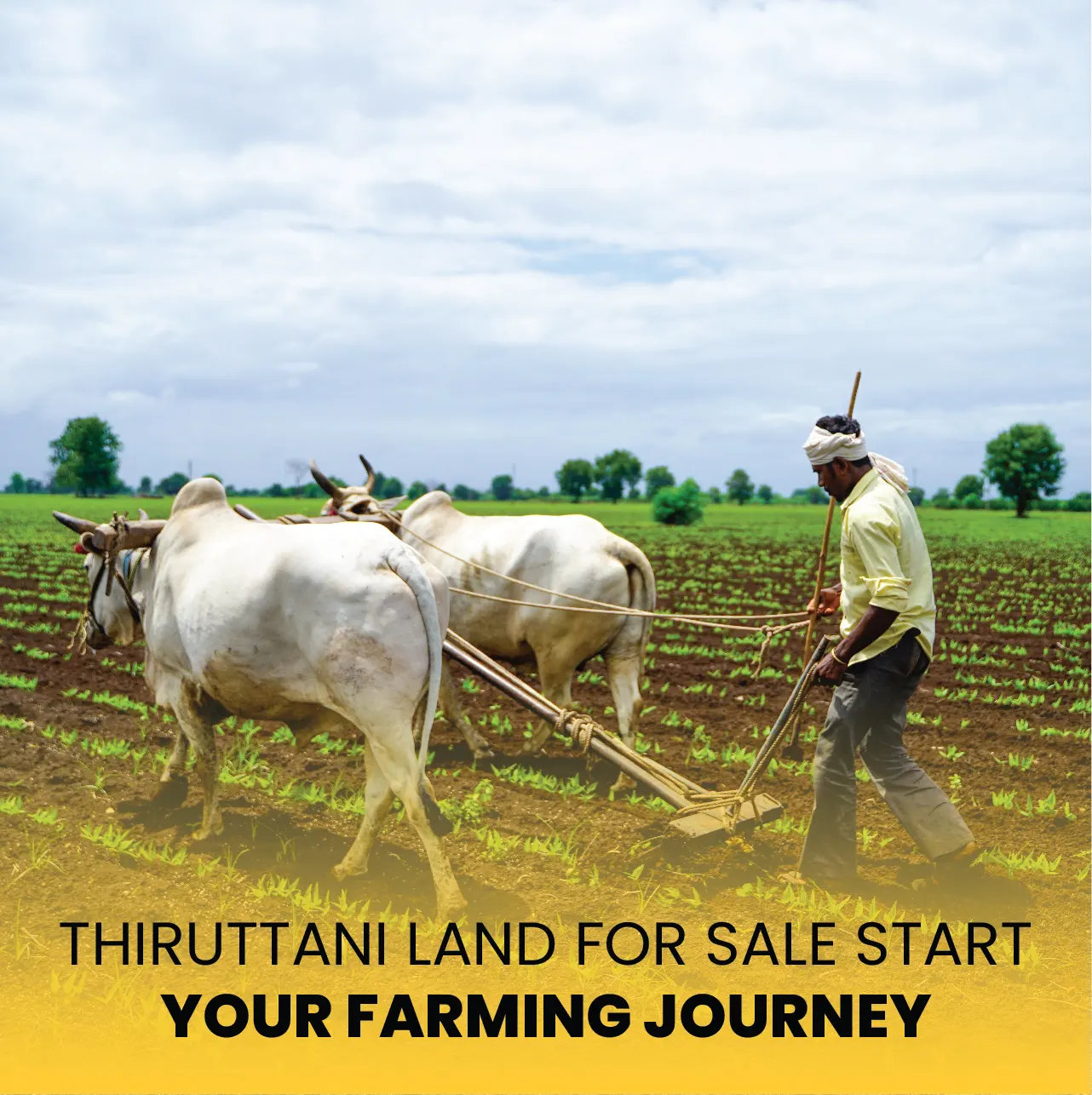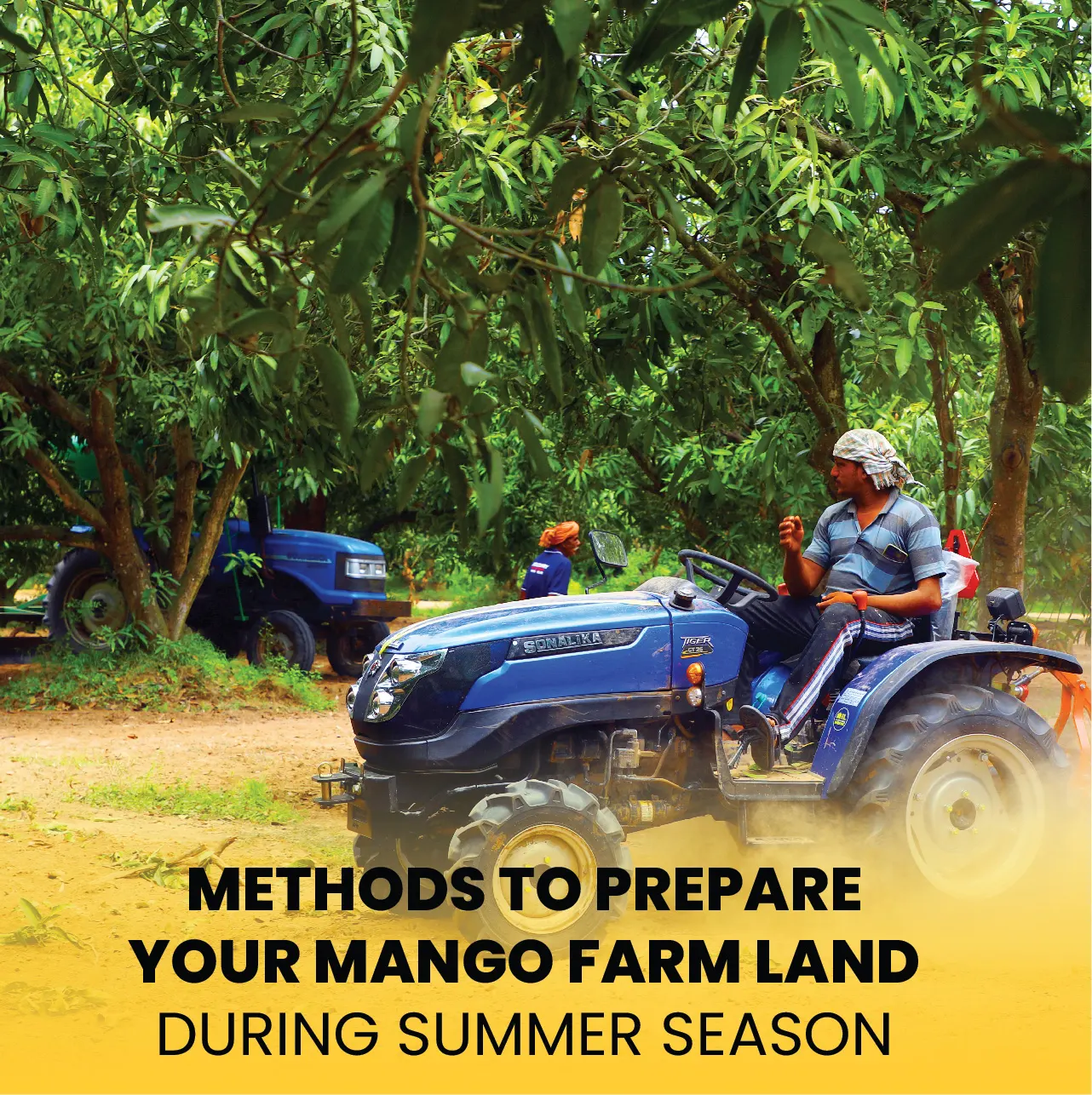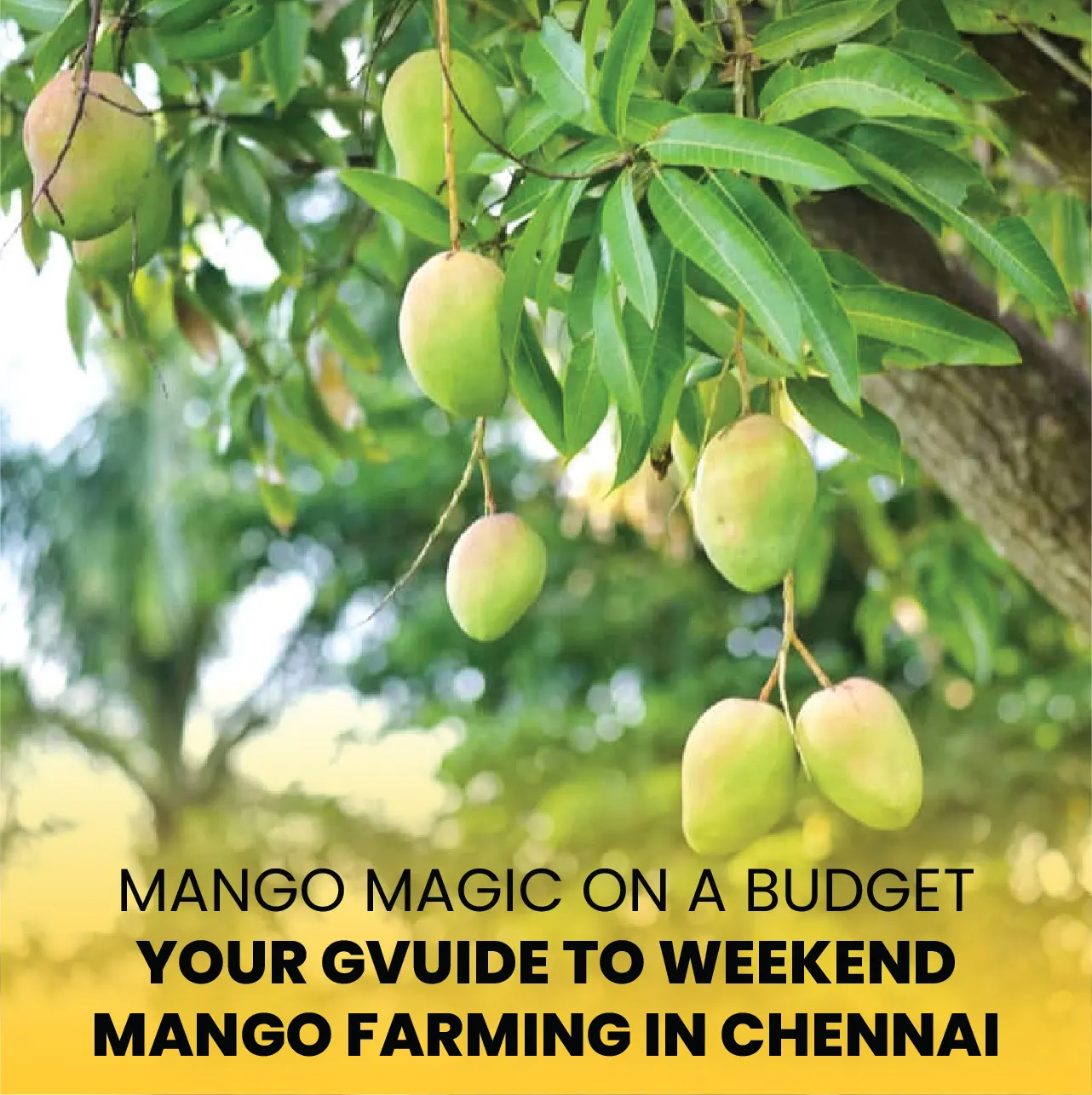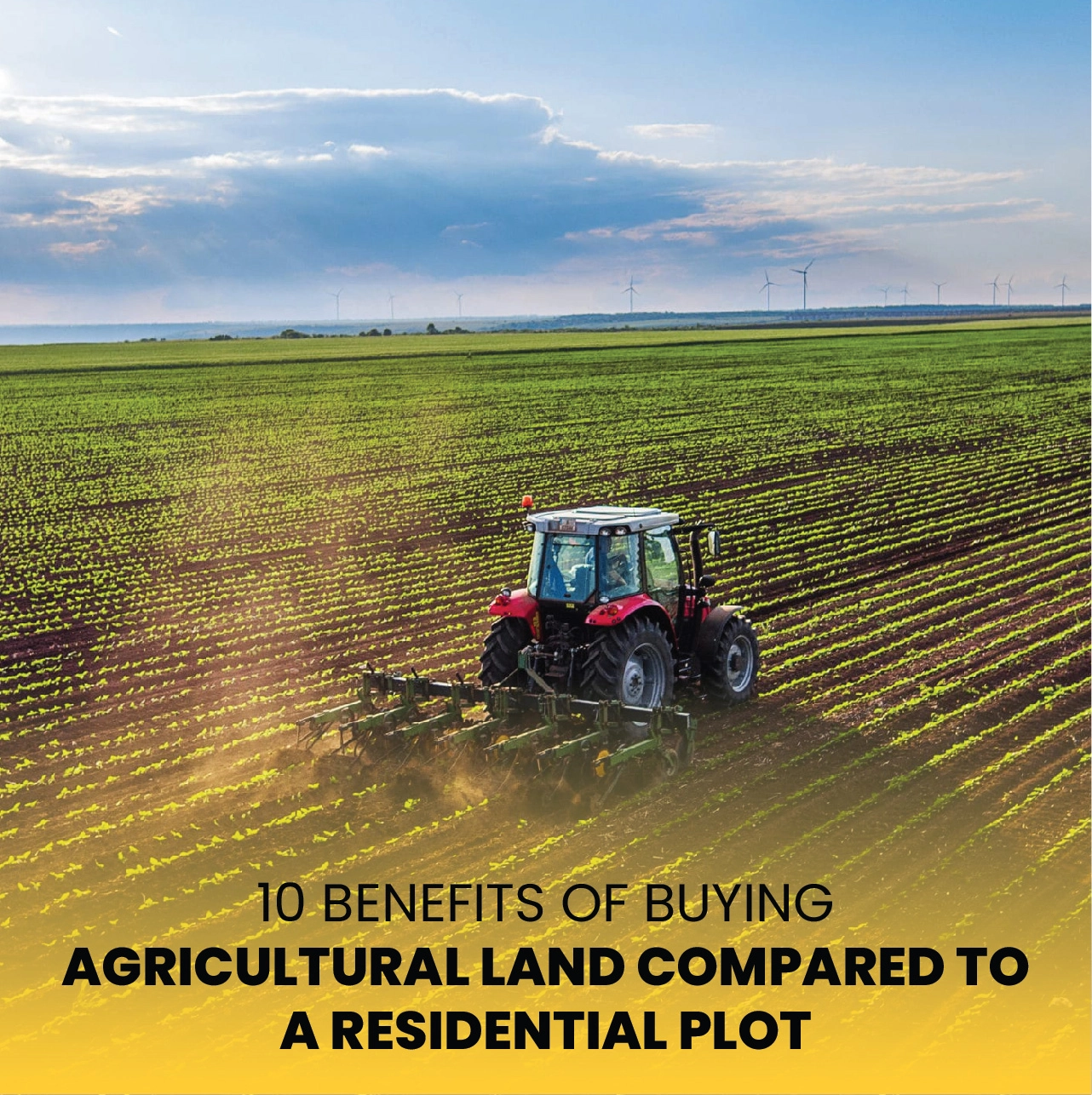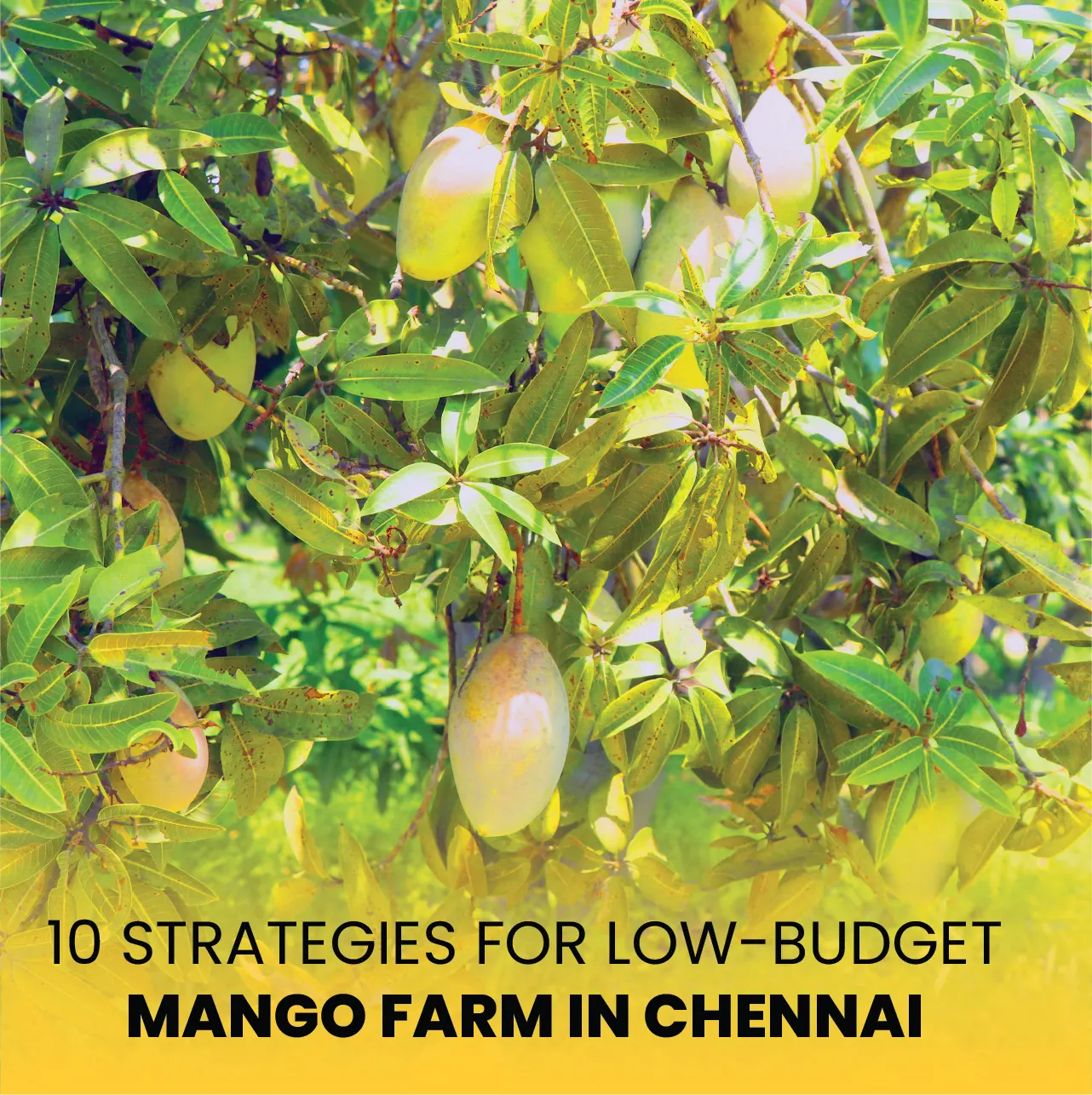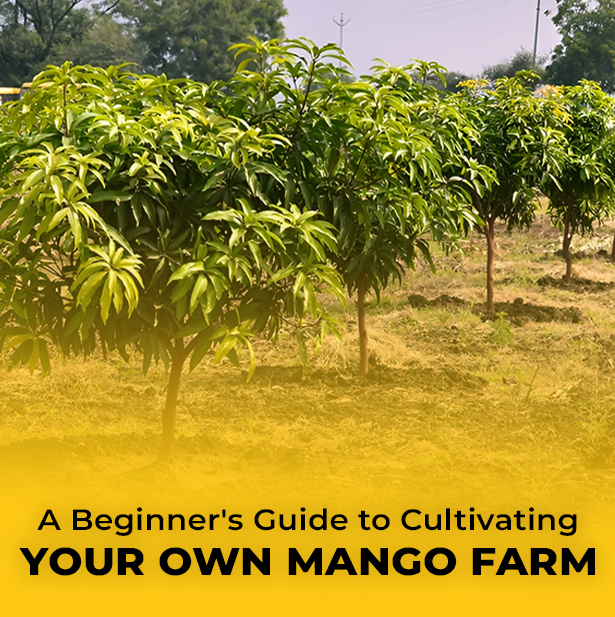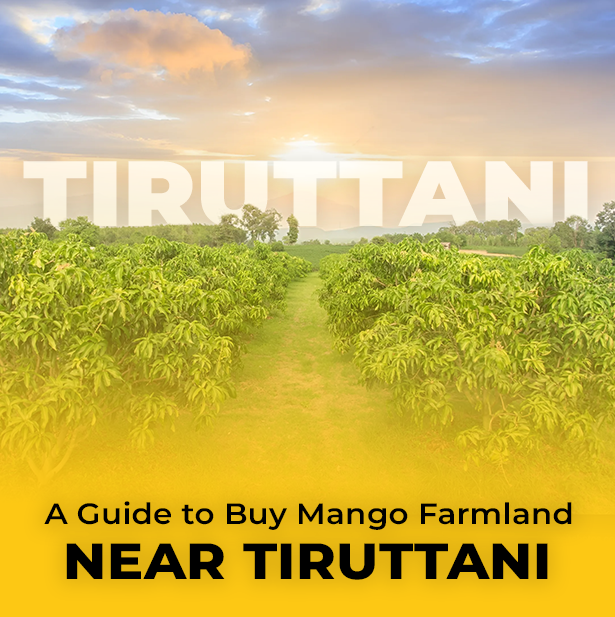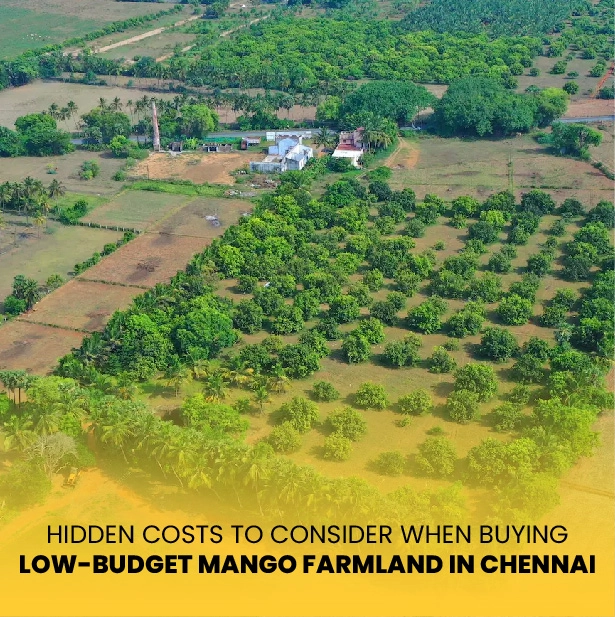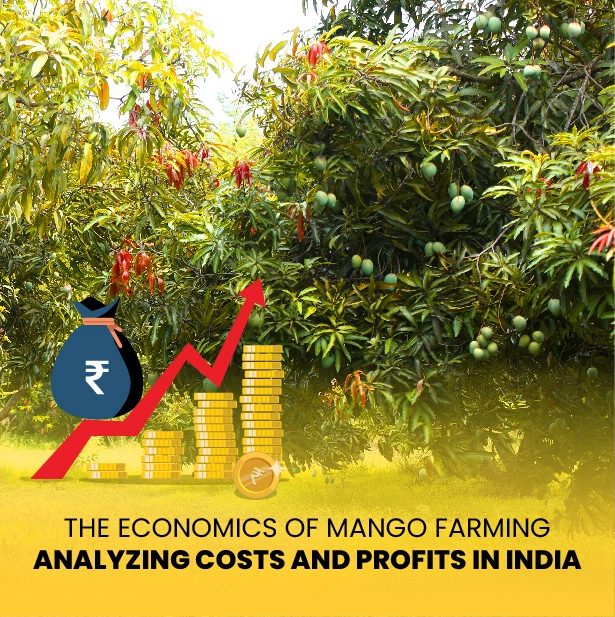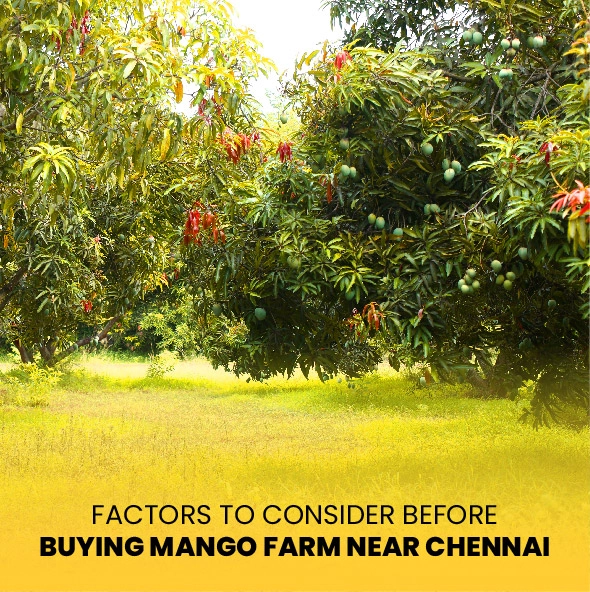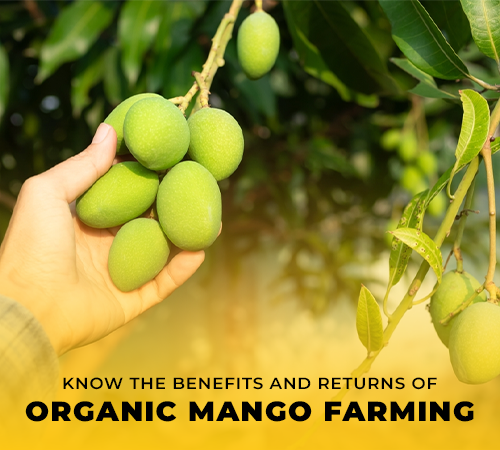Considered the "king of fruits" mangoes are essential in Indian culture and business. India, the world's largest mango grower, grows thousands of varieties; states such as Uttar Pradesh (UP) are known for famous varieties like Dasheri and Langra. Recently, a UP-based agricultural institute announced the release of two novel mango types intended to revolutionize the mango market. These new variants not only satisfy consumer demand, but they also help India's mango legacy by having improved flavors, better disease resistance, and higher yields, thereby solving agricultural concerns.
This blog will discuss the significance of this development, the potential impact of the new varieties on the mango industry, and how this innovation could benefit farmers, consumers, and the entire agricultural sector.

Uttar Pradesh's agricultural research center is a major contributor to improving agricultural methods, particularly in mango farming. With decades of research experience, the institute is well-known for creating disease-resistant and high-yielding fruit varieties. Given their significance to the state's economy and fruit export market, mangoes have long been a main emphasis.
The institute started working to develop two new mango types in response to changing consumer demand, soil degradation, and climate change's challenges. The aim of these crops is to adapt to different mango-growing regions across the nation and thrive in the unique agro-climatic conditions of Uttar Pradesh. They promise improved fruit quality, extended shelf life, and enhanced resistance to major mango diseases, including powdery mildew and anthracnose.
The first new type, originally known as "Rasraj," targets the premium mango market. Mangos will find its rich, sweet taste and unique fragrant profile appealing. Rasraj's cultivated rich golden hue makes it aesthetically pleasing to both domestic and foreign markets.
One of the best things about Rasraj is that it stays tasty even when carried long distances. This quality makes it perfect for export markets, where mangoes may lose their taste or turn overripe on route. Rasraj has a smooth texture and few fibers, making it ideal for direct consumption as well as for use in processed mango goods such as juices, purees, and desserts.
Additionally, farmers will receive assistance in producing Rasraj. This variety matures early in the season, so growers may get their crops to market sooner, when prices are typically higher. Furthermore, its resistance to common pests and illnesses reduces the need for chemical pesticides, saving input costs and complementing customer preferences for organic, sustainably produced food.
Designed with the farmer in mind, the second variant is called "Sampurna." This high-yield variety, developed to produce more fruit per tree than conventional mango types, allows for higher-density planting, which maximizes land use, thereby boosting general productivity. Small and marginal farmers, who must maximize their limited land resources, are especially dependent on this.
Though it ripens later than Rasraj, Sampurna is a mid-season variety that is still earlier than some of the classic types, like Dasheri and Langra. This deliberate planning helps farmers maximize their possible income by allowing them to satisfy market needs at different times of the year and lengthen the mango season.
Sampurna is known for its exceptional disease resistance, particularly against two diseases that can destroy mango crops: fruit rot and bacterial black spot. Lower dependency on chemical treatments resulting from lower disease incidence results in healthier trees and more ecologically friendly farming methods.
For farmers, the release of Rasraj and Sampurna presents a beneficial chance to boost profitability. Traditional mango farming, which requires a lot of labor, is vulnerable to erratic conditions such as disease outbreaks or changing market prices. However, the creation of these new variants specifically addresses these challenges.
Rasraj's premium market appeal would help farmers cultivating it to get better prices both locally and abroad. Rasraj's early ripening season ensures that farmers can sell their produce at a time when market competition is lower, potentially boosting their profits.
Meanwhile, growers trying to optimize output from limited acreage would find Sampurna's high-yield qualities perfect. Small-scale farmers, in particular, benefit from this because they sometimes find it difficult to compete with larger commercial businesses. With a longer growth season and more fruit generated per tree, Sampurna allows farmers to be more flexible in their commercial plans.
Additionally, disease resistance in both types of pests contributes to reducing the expense and work involved in pest control. Farmers may save money, support more environmentally friendly agricultural methods, and attract the growing organic produce market by reducing the need for chemical pesticides.
Mangoes from India have always been quite popular on foreign markets; types such as Alphonso and Kesar lead the way. However, the challenges of shipping mangoes without sacrificing taste or shelf life have sometimes reduced their export possibility. With its better shelf life and mobility, Rasraj is likely to become a hit in markets all throughout Europe, the Middle East, and even the US.
Rasraj's arrival might greatly raise India's portion of the world mango market. While consumers overseas will value this variety for its superior quality, exporters and stores are likely to choose it for its ability to retain its taste and texture during extended travels.
Sampurna, with its high yield and mid-season ripening, also has promise for export markets. It guarantees a regular supply of mangoes, enabling India to better compete with other mango-exporting countries and keep Indian mangoes available all through the season.
One expects both Rasraj and Sampurna to appeal to a broad spectrum of customers. For customers seeking premium-quality mangoes, Rasraj's sweet, aromatic taste and appealing sight would be the first option. For mango aficionados who prefer a smooth, melt-in-your-mouth feel, its low fiber count also makes it perfect.
Sampurna, meanwhile, provides a more reasonably priced choice for customers that nevertheless delivers taste and quality. Its high yield ensures that local markets will have plenty of Sampurna mangoes, allowing a wide audience to access them.
The UP-based agricultural institute's launch of Rasraj and Sampurna signals a turning point in the mango farming industry. These two new types promise to revolutionize the farming, sale, and consumption of mangoes, offering advantages to farmers, exporters, and consumers alike.
These varieties' higher yields, disease resistance, and market demand make them an appealing and profitable choice for farmers. Rasraj's excellent transportability presents exporters with fresh markets and expansion prospects. For customers, the availability of excellent and reasonably priced mangoes guarantees that everyone may enjoy the king of fruits in its most natural form.
The future of mango cultivation in Up—and, in fact, throughout India—looks quite bright as these novel variances find their way into farms and markets.
